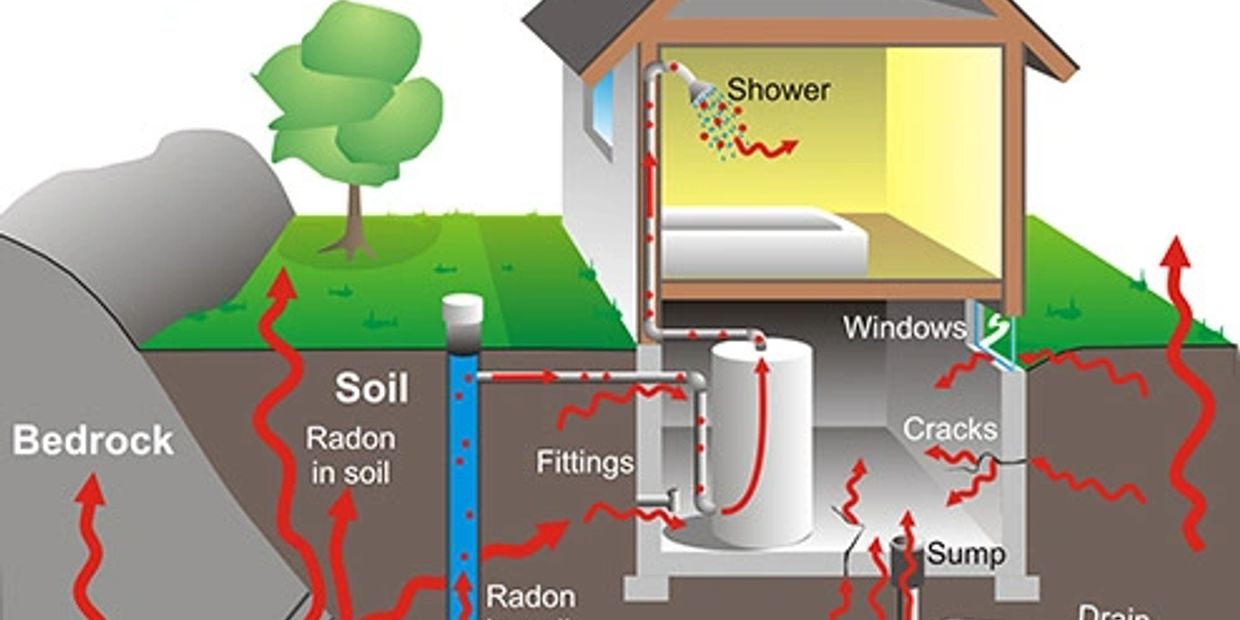
Should you have Radon Testing done?
Radon Facts:
- Breathing radon in your home can cause lung cancer
- Radon is a naturally occurring radioactive gas released in rock, soil and water that can build up to dangerous levels inside any home; this means new and old homes, well sealed and drafty homes, and homes with or without a basement. Radon gas is odorless and invisible and the only way to know if your home has a radon problem is to test for it.
- Breathing radon can increase your risk of lung cancer. Radon is the number one cause of lung cancer among people who do not smoke. It is the second leading cause of lung cancer for people who do. EPA estimates that radon causes more than 20,000 deaths from lung cancer each year in the U.S. If you smoke and your home has a high radon level, your risk of lung cancer can increase even more. Radon has been found in every state Homes with high levels of radon have been found in every state.
- In fact, radon levels can vary greatly from home to home--even levels next door can be very different. Radon is measured in picocuries per liter of air (pCi/L), a measurement of radioactivity. In the United States, the average indoor radon level is about 1.3 pCi/L. The average outdoor level is about 0.4 pCi/L. The U.S. Surgeon General and EPA recommend fixing homes with radon levels at or above 4 pCi/L. EPA also recommends that people think about fixing their homes for radon levels between 2 pCi/L and 4 pCi/L. You should test for radon
- Testing your house for radon is easy. If your house has a radon problem, it can be fixed. Fixing a radon problem reduces the risk of lung cancer for you and your family. A simple test will tell you if your home has a high radon level.
The best way to decide whether or not to test for Radon is to educate yourself and make an informed decision